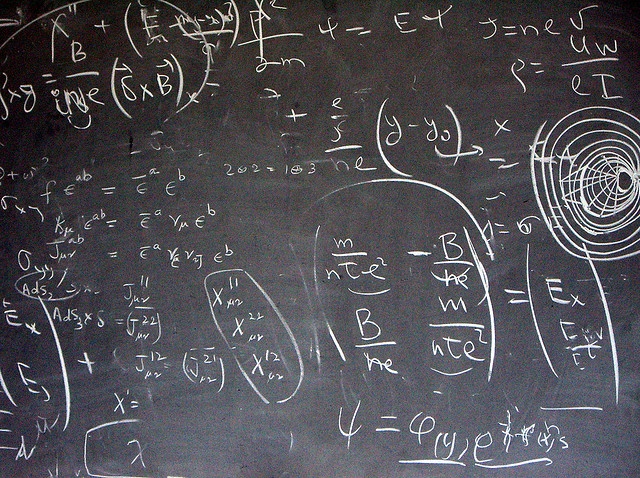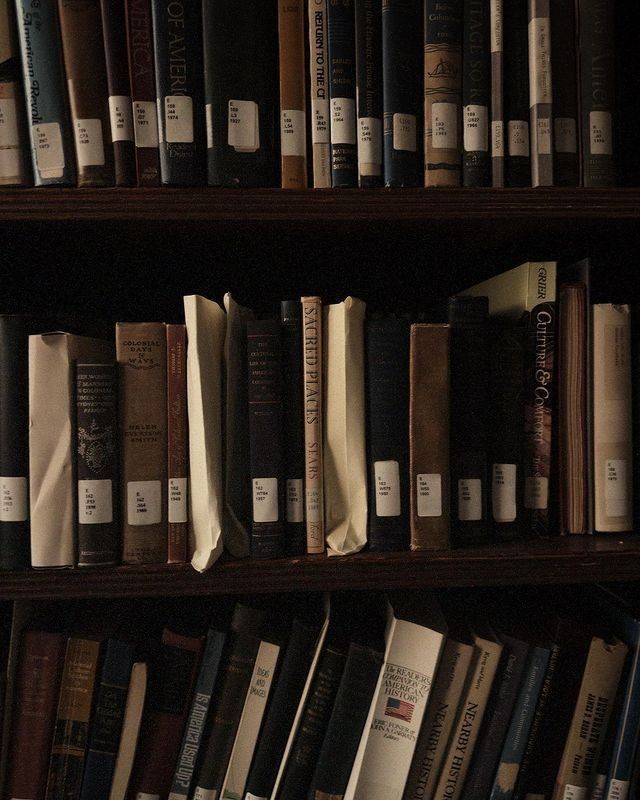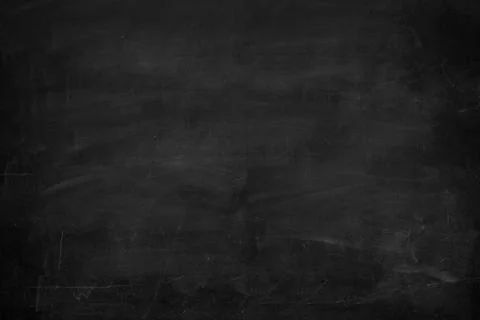
What it is
Theoretical physics is the practice of building small, careful descriptions of how nature behaves and checking those descriptions against what experiments can measure. A good description tells you which parts of a situation matter for the question you are asking and which parts can be safely ignored. It keeps the few features that control the result at the scale you care about, states those choices openly, and shows how to turn them into a prediction in units that an instrument could read. The strength of a theory is not about fancy symbols or impressive language. The strength is about reach and reliability. If the same short idea helps you understand a pendulum in a classroom, a vibrating molecule in a lab, and the behavior of light in a device, it is a sign you have captured the structure under the surface details. In this sense theory is a method of compression. It takes many observations and organizes them into a clear map that other readers can use without guessing what you meant.
Most chapters and papers begin with a model. You can think of a model as a focused cartoon of reality. It keeps the features that drive the effect and drops the ones that do not move the answer very much. The cartoon is not sloppy. It is deliberate. Once the main mechanism is captured, you can add corrections step by step and see whether they change the prediction in a meaningful way. This habit appears across subjects. In mechanics, you track energy and constraints and let motion follow from consistency. In electromagnetism, you write local relations between fields and sources and watch waves appear as a consequence. In quantum topics, you describe preparation, evolution, and readout and then compute the pattern of results. The tools differ, but the rhythm is the same. Choose the right variables. Write a clean rule. Compute a number that can be checked.
Why we use it
Theory gives direction. A good model tells experimenters which measurements are worth the time and which details will not change the answer. It also links topics that look unrelated at first. The same ideas that explain a mass on a spring explain the tiny vibrations of molecules. The methods that describe ripples on a pond also describe light. The strongest theories even predict things that were not built in on purpose. When Maxwell wrote the relations that tie electric and magnetic fields together, waves in empty space appeared as a natural result and the speed of those waves matched the measured speed of light. That kind of success tells you that the description has captured something essential rather than just copying a pattern.

What we can find with it
A strong model does three jobs. First, it makes new predictions. It tells you a frequency a detector should see, a curve a graph should follow, or a lifetime a particle should have. Second, it organizes messy observations by showing that many patterns are different faces of the same simple effect once you use the right variables. Third, it marks the edges of its own use by pointing to situations where its assumptions will fail. That last job is not a weakness. It is a map for the next experiment or the next theory. In a healthy field, models are not trophies. They are tools for action and tools for learning.
Some friendly examples make the idea concrete. A basic quantum model explains the bright and dark bands of interference when two paths remain undisturbed. The same model explains why the pattern fades when a reliable record of the path is created. A simple gravitational model explains why clocks on GPS satellites tick at a different rate than clocks on Earth and tells engineers exactly how to correct them. A statistical model explains why temperature is not about one particle but about how many particles share energy. These results come from compact descriptions that keep only what matters for the question and follow the logic through to a testable number.
How we actually work
The day to day method is steady and learnable. Begin with a sketch of the situation and pick a scale. Decide what will vary and what will be treated as fixed. Use a description that respects the obvious symmetries so you are not working against the problem. Write the simplest rules that move the system forward in time or tie causes to effects, and keep units visible on every line. Test the candidate result by pushing a parameter to a safe extreme like heavy mass, weak force, or long time where the answer should be simple. If the model misbehaves there, repair the setup before going further. When the checks pass, compare with data taken under the same assumptions. The routine looks plain. It is the reason good theory avoids confusion later.
For practice, choose small systems you can solve on a single page. Translate a plain sentence into a model and then back into a plain sentence to be sure nothing was smuggled in without notice. Solve the same problem in two ways like energy methods and direct forces so you do not depend on a single trick. Keep a margin note of assumptions and limits beside each result. When something fails, that record lets you tell whether you need better numbers or a better idea. These habits scale from homework to research and make collaboration much easier because anyone can audit the path you took.

What you gain by learning theory
Learning theory gives you portable skills that travel well between topics. You learn to strip a problem to its essentials without losing what makes it real. You learn to check limits before trusting an answer. You learn to make your assumptions public so that disagreements turn into focused questions that can be settled by calculation or by measurement. The confidence you build is not a loud voice. It is the steady knowledge that you can find out why something is wrong and fix it without starting over. That kind of confidence is useful in any field that studies complex systems whether that is physics, engineering, computer science, or the life sciences.
Quick Quiz - check your understanding
1) Which sentence best captures the goal of a model in theoretical physics?
2) Why do theorists push parameters to extreme limits in a calculation?
3) Which example below is mainly theoretical rather than experimental?
4) What is the practical reason to write assumptions next to a result?
5) Which statement about predictions is most accurate?
Next steps
Ready to continue. The next page named Foundations starts with conservation laws, the action viewpoint for motion, field ideas in electromagnetism, the basic quantum toolkit, and the logic behind statistical reasoning. Each topic includes short examples and small practice prompts that you can actually finish. Move at a steady pace. When you can explain a result in your own words and point to the exact line where each assumption was used, you are doing real theory.